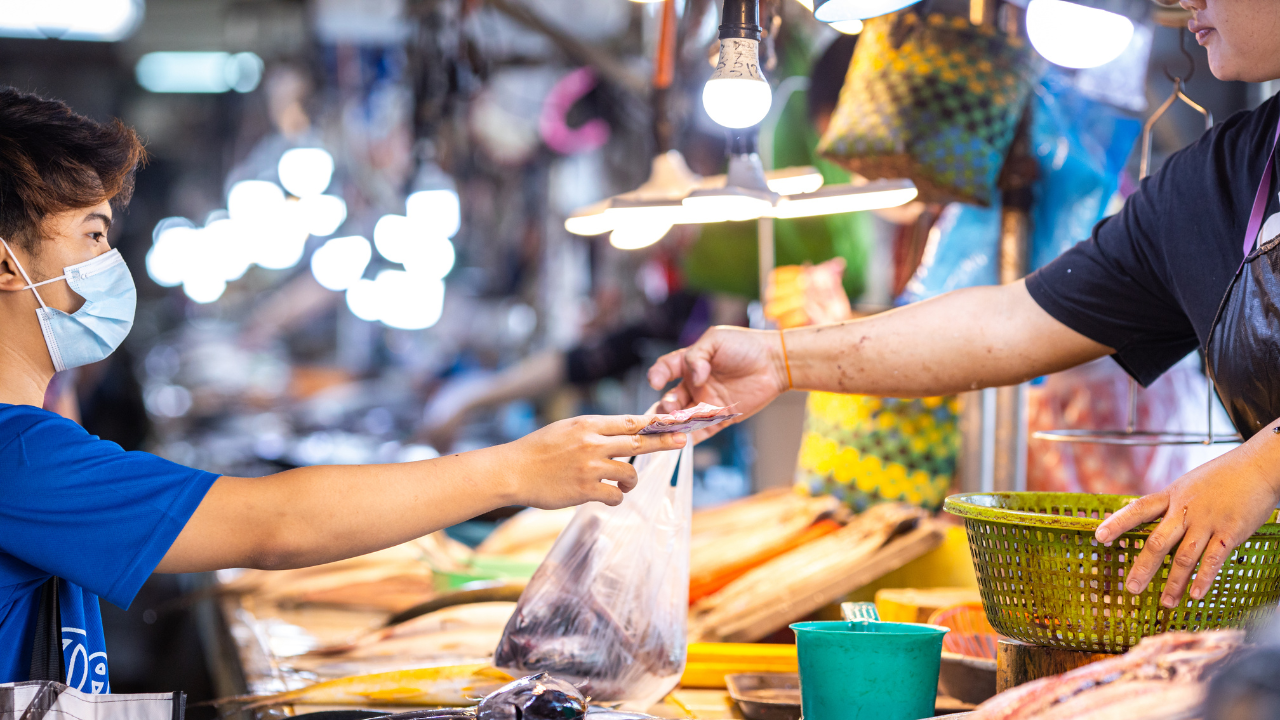The inflation rate in the Philippines has accelerated to 8 percent in November, surpassing the 14-year high of 7.7 percent recorded in October according to the Philippine Statistics Authority.
A high inflation rate means the prices for food, transportation, and other necessities have increased, putting a strain on households and businesses alike.
In a media briefing, Deputy National Statistician Divina Gracia Del Prado said the latest inflation rate is the country’s highest since November 2008, when the inflation rate ballooned to 9.1 percent.
However, the figure still falls within the 7.4 percent to 8.2 percent forecast range of the Bangko Sentral ng Pilipinas for the month.
The PSA attributed the acceleration to the rise in prices of food and non-alcoholic beverages which were seen as a “spillover effect” of the typhoons that battered the country in October,
Restaurants and accommodation services also soared to 6.5 percent in November from 5.7 percent in October based on the PSA data.
Reacting to this development, President Ferdinand Marcos Jr. said November’s inflation rate is running “rampant and out of control.”
“The main drivers of that inflation, unfortunately, are still imported — still imported inflation,” Marcos said in a speech In a speech at the Arangkada Philippines forum last December 6.
“So again, import substitution is still a good idea not only for foreign exchange reserve but also so that we can keep our inflation rate down,” he added.
But President Marcos remains optimistic that the country is still on track to recover from the economic toll of the COVID-19 pandemic.
“In fact, the country is on track to maintain its strong economic performance and achieve the government’s growth target of 6.5% to 7.5% for 2022.”
Thumbnail photo made via Canva









